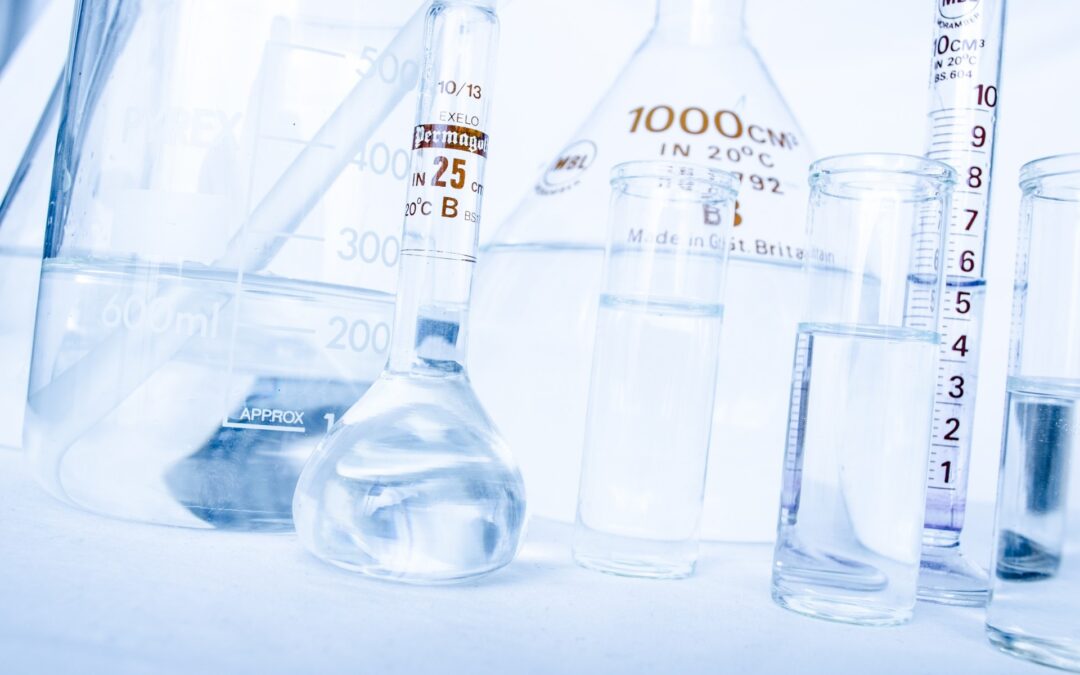Ketamine has carried the stigma of being a party drug, but this is slowly being stripped away as doctors explore its potentially life-saving benefits. Researches over the past 20 years have been uncovering the many uses of ketamine: for depression and anxiety, or PTSD, for pain, and even for addiction.
In the mental health field, the most exciting discovery came when ketamine treatments were first shown to alleviate depression symptoms in a matter of hours. This was a major deviation from the weeks it usually takes for traditional antidepressants to work. More and more research has also shown that ketamine works well for patients who have been treatment resistant. Up to 70% of patients respond positively to ketamine infusions.
As the ketamine wave continues, there still remains a big mystery to researchers: they have yet to understand exactly how ketamine works in the brains of those with depression. Even though the “how” has been elusive, studies are narrowing in on the key targets for the drug.
When it comes to individuals with depression, researchers identified through brain scans that, in certain areas of the brain, there was a loss of synapses. After receiving a dose of ketamine, these same synapses were restored. This indicates that ketamine has the potential to repair these damaged circuits.
Another promising lead towards answering the “how” is that ketamine targets a different neurotransmitter than traditional antidepressants. Ketamine targets glutamate, which produces and balances Gamma Aminobutyric Acid (GABA), a calming neurotransmitter. Overactive glutamate receptor genes can cause imbalances with GABA causing changes in mental health. For example, a depletion of GABA can result in depression.
The road ahead may still be long as there is so much to learn about how ketamine works. For now, the progress being made by research is promising, and helping to restore a positive quality of life for those who suffer with depression.
Ready to Schedule a Free Consultation?


Recent Comments